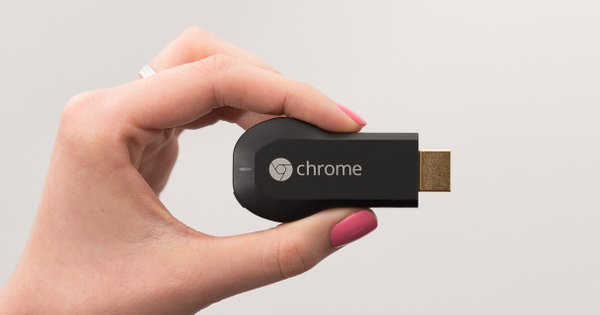When something is given away for free, you are the product. That became painfully clear with the upgrade to Windows 10. The operating system collects and shares information about your use with at least Microsoft. You can disable many of the functions, but not everything. We'll tackle that.
Windows 10 is the first version of the operating system with built-in spyware. For example, it continuously monitors and logs your location and all your activities and shares this data with itself and third parties. There has been a lot of criticism of this course of action, but Microsoft seems deaf to it. In a blog post, the company only explains that it collects that data to "make the product Windows work better for you" and that you "as a user determine what information is collected". Also read: How to reclaim your right to privacy.
But the reality is different: only part of the data collection can be switched off, another part not or only at too high a price. For example, the SmartScreen technique that scans websites for phishing and malware is a great thing, but why does the information about every site you visit also have to be shared with Microsoft itself? Also, every Windows 10 PC has a unique advertising ID that is used to identify the PC anonymously, but what if you don't want those ads at all, not anonymously either?
How Crazy Microsoft Thinks We Are?
An important role in Microsoft spyware is played by a service called DiagTrack. A service is a part of Windows that works unnoticed in the background. There are tons of services, often useful, but this DiagTrack is the one that silently collects private data, browsing and search history, and information about the PC and shares it with Microsoft. Many users therefore tracked down the service and disabled it. When Microsoft released a major update to Windows 10 in November, that service suddenly disappeared, even on the PCs of people who had not disabled the service themselves.
Had Microsoft learned? On the contrary, unfortunately. Microsoft turned out to have given the spy service with the update only a different name and turned it back on on all PCs. Even PCs where the service was disabled. And that without informing the user about it. A painful practical example of how the company nowadays deals with (privacy) complaints from users: ignore, cover up and hide where necessary. While Microsoft just said that it intends to listen extra closely to user feedback in the development of Windows 10.
Disable DiagTrack
For those who want to check: DiagTrack (or Diagnostic Tracking Service) is now called 'Connected User Experiences and Telemetry'. A nicer name for the same turd. Do you want to disable this service again or again? On the keyboard, press the key combination Windows key+R in. In the run box, enter the command services.msc in followed by Enter. In the list of services, search for Connected User Experiences and Telemetry. Double click on it and choose Fuses. put it Startup type then on Turned off.
Arm yourself
In short. Microsoft doesn't seem to want the best for its users. Can't you do anything about it then? Yes certainly. You can look for the different options for the privacy-sensitive functions and disable them. That's not difficult, but Microsoft has probably deliberately chosen to spread all privacy-relevant options across a large number of parts within the institutions. So you have to look and there is a good chance that you will miss one or a few if you do not faithfully finish a list.
Part of that data collection can be turned off in the settings of Windows 10. A full description of how to do this and how to turn around some major privacy violators in Windows settings can be found on our website.
Tools that help
Quite a few programs have appeared that help manage privacy options in Windows 10. Be critical of which ones you download and install. Be sure to install privacy tools only from trusted websites and check any download via VirusTotal.com (see box Malware Alert?) for malware before installing the program. Use the installation options to get rid of unwanted extra software.
Malware Alert?
In this article, we mention three tools that can help you combat espionage by Windows. Of course, we had all three reviewed by VirusTotal.com. VirusTotal is a service (now from Google) that can scan sites and software for the presence of viruses and malware and uses the products of dozens of different security companies for this. VirusTotal reports that Destroy Windows 10 Spying is completely clean. There are two versions of DoNotSpy10: the $5 donation version is clean, but the free version rightly mentions the presence of adware. You can also prevent this OpenCandy advertising software from being installed on your system during installation. At W10Privacy, two of the more than fifty VirusTotal scanners report a message, but we assume that is a false positive.
However, your security software may sound an alarm when downloading these programs, even if VirusTotal classifies the software as safe. This is because the heuristic scanner of some security software incorrectly marks the installation file as unsafe.

